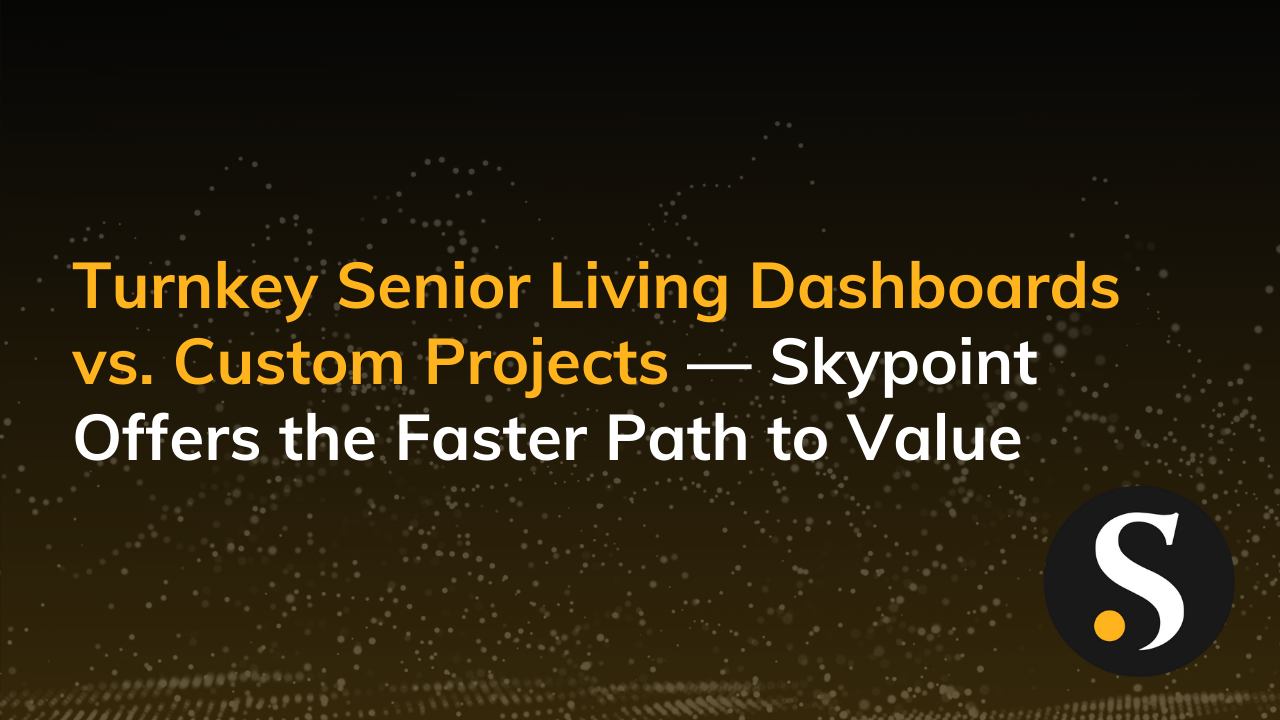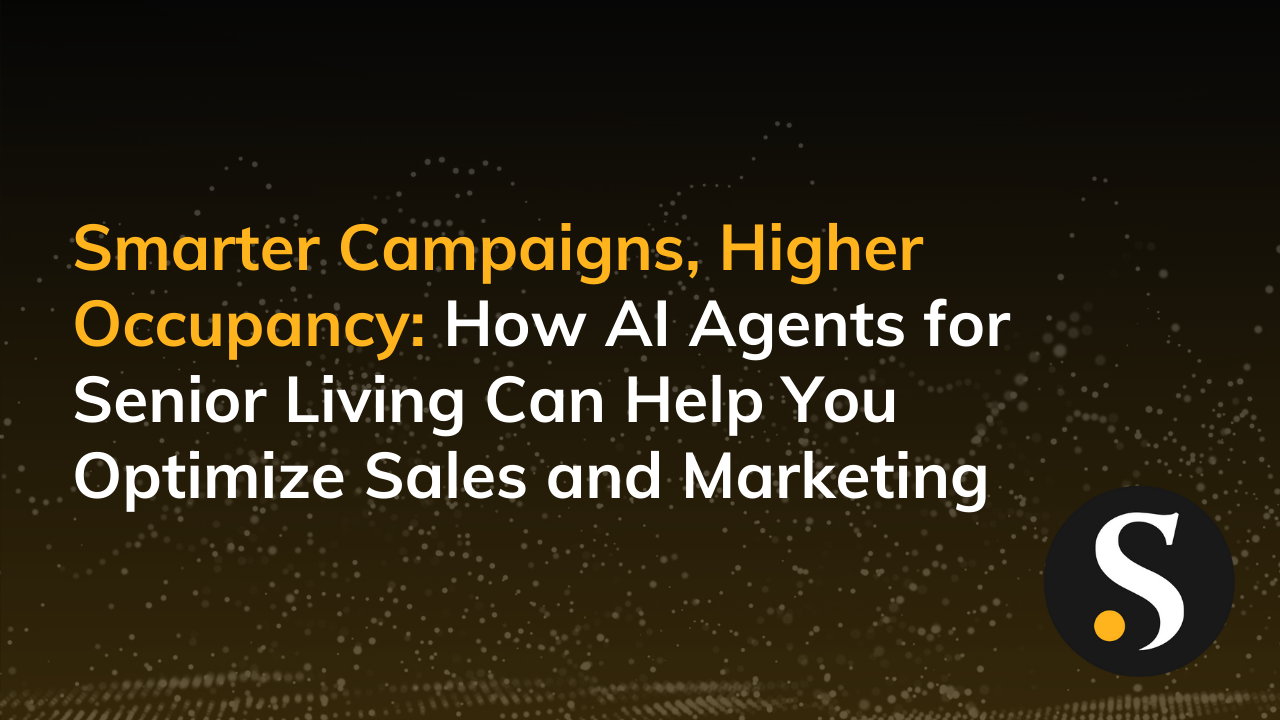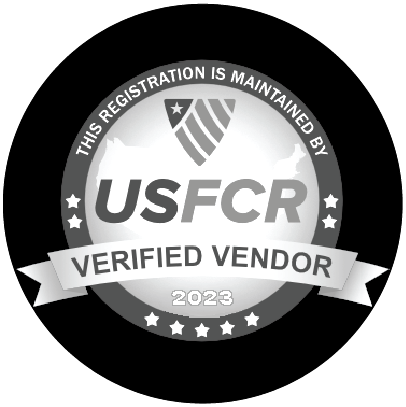You can have surface level KPI and metrics, but until you get more detailed groups or subcomponents of data (data disaggregation), you’re not really understanding where issues or operational efficiencies can be gained or fixed.
As we start a new year, we are all likely embarking on new goals and ambitions. For me personally, my goal has been rigorous personal training starting at 5am. As I started out on my journey, I had some goals I wanted to hit to measure my performance over time. But I quickly learned that some goals and metrics can be deceiving. For instance, if I only look at my weight fluctuation without looking at my body composition, I’m going to have a different understanding of what I need to do or what’s working or what’s not working. It’s the same thing with a business, healthcare organization or senior living operators.
They may have great analytics at a very high level, like net operating cost or margins, but they don’t have that next level of granularity. How long did it take to resolve the singular issue with this resident and by whom? That’s a level of tertiary insight that they’re not getting.
It’s straightforward to define KPIs. The issue a lot of times is the ability to get access to that on a real time basis for people who are operating on the ground. Operators want the data or the AI agent to tell them very simple things about the resident very quickly, like their service level of care and how their level of care has changed.
1. The Limitations of Surface-Level Metrics vs. KPIs
In a senior living setting, understanding the distinction between metrics and Key Performance Indicators (KPIs) is crucial for effective management and decision-making. While all KPIs are metrics, not all metrics are KPIs.
Metrics
Metrics provide a broad overview of how different areas of the senior living facility are performing. These are quantitative measures that provide insight into various aspects of senior living operations. Metrics in a senior living context can include a wide range of data points such as:
- Average length of stay for residents.
- Staff-to-resident ratio.
- Number of incidents or accidents.
- Occupancy rates.
- Cost per resident.
- Turnover rates of staff.
Metrics are essential for monitoring day-to-day operations, but they don’t always directly align with the strategic goals of the organization.
KPIs
These are a subset of metrics that are specifically aligned with the strategic objectives and critical success factors of the senior living facility. They are used to assess the organization’s progress towards achieving its key goals. Senior Living KPIs might include:
- Resident retention rate.
- Compliance with healthcare and safety standards.
- Quality of care indicators (like the ratio of adverse health incidents).
- Employee engagement and training effectiveness.
- Financial performance indicators (like profitability or cost efficiency).
- Resident and family satisfaction scores.
When it comes to assessing the health of a senior living operation, high-level KPIs like net operating costs or margins are often the go-to indicators. While they are essential for a broad understanding of financial performance, they are deceptively simplistic.
These KPIs lack the granularity necessary to pinpoint the specific areas that drive or hinder success. A favorable net operating margin might mask underlying issues such as inefficient staffing models or variable costs that are spiraling out of control. Without peeling back the layers of these top-line numbers, leadership is left with a facade of understanding, potentially leading to complacency or misguided strategies.
Going back to my fitness example, I had been working out for about 45 days and I’d only lost a pound, which was obviously frustrating considering how much time and effort I was putting into it. But looking at my overall body composition, I transitioned four pounds of fat to muscle. So I was actually on a great trajectory. If I only looked at my weight fluctuation I probably would have given up on my personal trainer until I looked at the numbers that had deeper indicators of success.
The pitfalls of leaning on surface-level KPIs are equivalent to measuring weight goals; measuring weight loss with certain fitness plans may provide the illusion that it’s not working. You may gain weight but without measuring body composition, you may get false impressions of performance, or quit altogether. Decision-makers may find themselves making broad-stroke policies that inadvertently affect resident satisfaction or staff morale. For example, a facility may observe a rise in net margins and attribute this to operational efficiency. However, without looking closer, they might not realize this increase is due to cutting corners on resident care or under-staffing, which can lead to long-term reputational damage and a decline in care quality.
A senior living community might have a high occupancy rate, which typically signals a thriving operation. Yet, upon closer inspection, they might find that a significant number of residents are on the lower tier of service plans, which are less profitable and demand more resources.
Without knowing service plan distribution and the associated costs, management might wrongly assume all is well. In reality, the community is operating on thin margins, and staff are overworked. This exemplifies the need for detailed analytics to inform smarter, more targeted decisions that ultimately lead to sustainable operational success.
2. The Need for Data Disaggregation in Senior Care
This term “data disaggregation” involves breaking down aggregate or summary data into more detailed sub-components. Data disaggregation allows for a more nuanced understanding of the data by revealing trends and patterns that might be obscured in aggregated data.
It’s different from data granularity, although closely related. Granularity refers to the level of detail or fineness of data; finer granularity means more detailed data. Disaggregation is the process of moving from less detailed (more aggregated) data to more detailed (finer granularity) data.
In my fitness example, disaggregating weight loss data into specific categories like muscle mass and fat is a perfect illustration of this concept.
Data Disaggregation Examples in Senior Care
The intricacies of senior care operations extend far beyond occupancy rates and overall staff headcount. Detailed analytics are crucial in areas such as resident care and staffing efficiency. For example, understanding the nuances of resident care involves tracking the frequency and type of medical attention each individual requires, their dietary needs, and their engagement in social and physical activities. This level of detail can reveal patterns and needs that may be invisible at a macro level. Similarly, staffing efficiency is not just about the number of staff on the roster, but about aligning staff skills and availability with the residents’ care schedules, ensuring that residents receive timely and specialized care without overburdening the workforce.
Data disaggregation sheds light on the unique journey of each resident within the care facility. For instance, by monitoring individual changes in health status, care providers can adjust their care plans proactively, enhancing the quality of life and potentially reducing emergency interventions.
On the operational side, detailed data allows for the optimization of workflows, such as the scheduling of staff according to peak times for care needs, thus improving efficiency. By capturing and analyzing every aspect of the resident experience and staff engagement, senior care facilities can not only identify areas of concern before they escalate, but can also uncover opportunities for operational improvements that contribute to a more sustainable care model. This proactive approach to management, empowered by deep data insights, is pivotal in elevating the standard of care and operational excellence in senior living communities.
3. Real-Time vs. Near Real-Time Data
I want to clarify that “real-time” data means down to the second, which in the context of Senior living typically means the night before.
The quest for real-time data in senior care is fraught with challenges, primarily due to the complex nature of data collection and accessibility in this sector.
One of the most significant hurdles is the integration of various data systems that track different aspects of resident care and facility operations. These systems often operate in silos, with incompatible formats that make it difficult to synthesize data into a coherent, actionable format. Solution vendors provide their data to these operators in formats that take a lot of effort to make sense out of them. A majority of providers are still doing SFTP and database restores and operators don’t have the data teams to handle that without a partner.
Furthermore, the sensitive nature of health data necessitates stringent compliance with privacy regulations, adding another layer of complexity to real-time data access. The result is a lag in information flow, which is compounded by the fact that many facilities still rely on manual data entry, further delaying the availability of critical data for decision-making. Sound familiar?
The technological infrastructure in many senior living facilities is not always equipped to handle the demands of processing large volumes of data quickly and securely. There is a technological gap where outdated systems are unable to communicate with newer applications designed for data analytics. Operational barriers also come into play, as staff may lack the training or time to record and analyze data effectively, leading to incomplete or inaccurate information. These challenges underscore a significant divide between the need for deep, instantaneous insights into every facet of resident care and the existing capabilities of many senior care providers.
Bridging this gap is essential to not only improve the quality of care but also to enhance operational efficiencies that benefit both residents and care providers.
4. Implementing the Right Data Approach
To improve the way senior care facilities operate, leaders need to start using more detailed information in their day-to-day decisions. This means gathering specific data from different parts of the facility and putting it all together in one place. This is the value of having an advanced data infrastructure like a Data Lakehouse in place.
By doing this, they can get a clear picture of what’s happening at the facility, like how well the staff is meeting residents’ needs or where they can make things run more smoothly.
AI and new data systems play a big role in making this shift happen. These tools help by quickly sorting through all the details and highlighting what’s important, like spotting trends or predicting what the residents will need. It’s like having a super-smart helper that’s always on the lookout for ways to make things better.
For staff to make the most of these new tools, they need the right training. It’s like learning to use a new smartphone; at first, it seems complicated, but with a little guidance, it becomes a part of daily life. The goal is to make sure everyone feels comfortable using these systems to get the information they need quickly. This way, they can respond to the residents’ needs right away and make sure everyone gets the best care possible. When a facility uses these tools well, it becomes a place where every decision is made with the resident in mind, making the care they provide the best it can be.
It involves a distinct learning approach when considering how to utilize a self-service reporting tool like Power BI, as opposed to integrating an AI agent into daily operations. Both tools possess unique strengths and limitations, and our expertise lies in effectively determining which tool is best suited for specific goals that senior living organizations aim to accomplish.
Are You Getting The Most From Your Data?
In the world of senior care, it’s important to look closely at the details rather than just the big picture. By paying attention to the fine details, those who run senior care facilities can make better decisions and improve the way they care for residents. Instead of just reacting when problems arise, using detailed data lets facilities plan ahead and stay on top of things, which leads to better care for residents and a smoother operation overall.
Think about how you’re using data right now. Is it helping you make good decisions? Is there more you could learn from it? Are you opening multi-tab portals to Excel hell to try and put a picture together? If you feel like there’s more you could be doing with your data, there are tools and help available to make better use of it. These tools can turn your data into a valuable resource that helps you provide top-notch care.
It’s time to improve how your facility uses data and start exploring what these data tools can do for you. Let’s work together to make senior care the best it can be with the help of modern technology.












